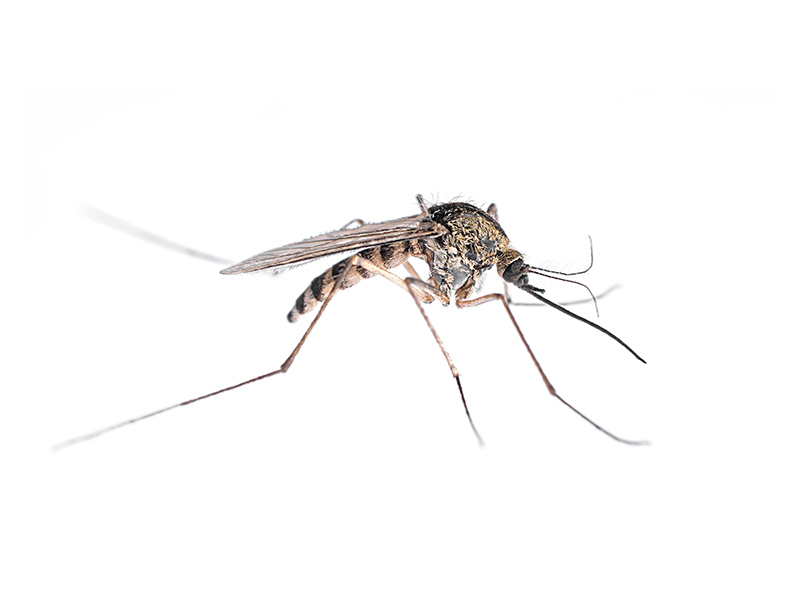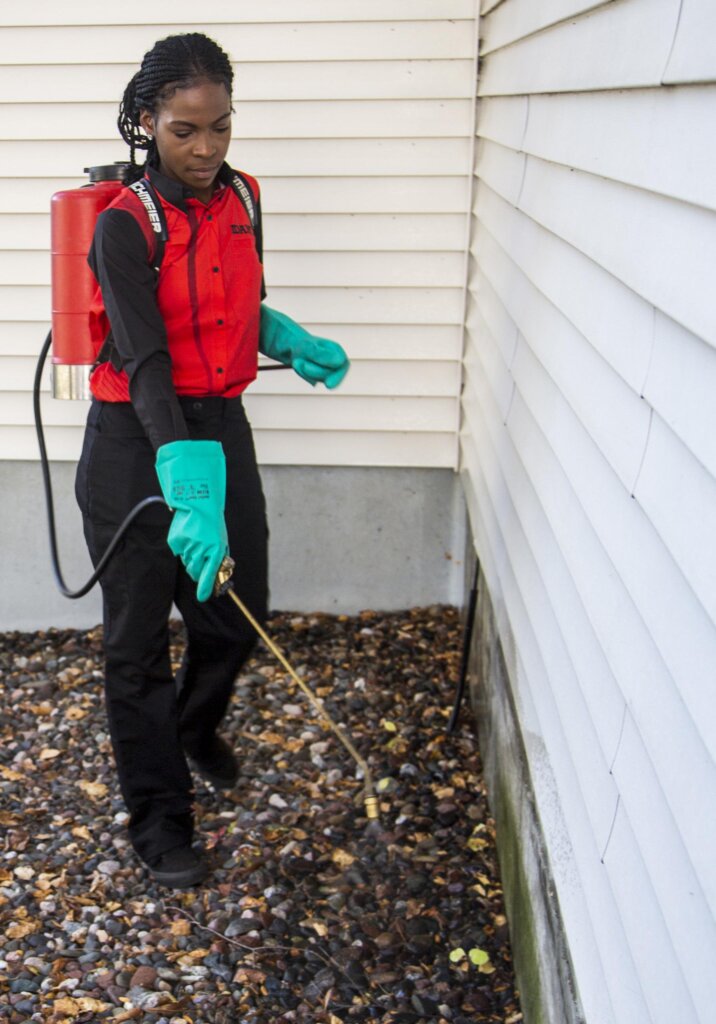Pest Control treatments covering residential and commercial properties.
Eco-Friendly Parasite Control Approaches for Taking Care Of Wild Animals in Urban Locations
Urban areas commonly locate themselves at the junction of human activity and wildlife, leading to one-of-a-kind challenges in bug management. These strategies not just safeguard the atmosphere yet also boost community involvement in wildlife management. As urban populaces continue to grow, recognizing the dynamics of wildlife interactions becomes significantly critical.
Recognizing Urban Wildlife Characteristics
Recognizing Urban Wild animals Dynamics is vital for establishing efficient and environmentally friendly insect control approaches. Urban areas are increasingly ending up being environments for numerous wild animals varieties, driven by variables such as environment fragmentation, food accessibility, and human advancement. Identifying these dynamics permits a nuanced technique to pest management that lines up with ecological concepts.
Urban wildlife usually consists of types such as raccoons, squirrels, and birds, which adjust to city environments, locating niches in environment-friendly areas, parks, and even suburbs. Their presence can result in conflicts with human beings, particularly when they manipulate personnels for food and sanctuary. Recognizing the behaviors and environmental duties of these types educates approaches that decrease adverse interactions while advertising biodiversity.
Moreover, recognizing the interdependencies within metropolitan ecosystems helps in identifying essential locations for habitat conservation and repair. This expertise adds to the advancement of integrated bug administration (IPM) methods that take into consideration the eco-friendly equilibrium, therefore minimizing dependence on harmful chemicals. By cultivating coexistence between humans and metropolitan wild animals, cities can develop healthier atmospheres that profit both homeowners and local ecosystems, leading the way for sustainable city living.
Natural Repellents and Deterrents
Natural repellents and deterrents provide a sustainable choice to conventional insect control methods by utilizing the power of nature to keep undesirable species at bay. These eco-friendly solutions usually utilize plant-based ingredients, crucial oils, and other normally occurring materials that discourage parasites without damaging the setting.
One efficient natural repellent is peppermint oil, which is known to drive away rodents and pests. Its solid fragrance is undesirable to many insects, making it a preferred option for urban setups. Likewise, vinegar and citrus peels can work as deterrents, as their strong odors are usually unappealing to numerous wildlife.
Additionally, diatomaceous planet is a natural powder that can be spread out in areas prone to bug activity, effectively drying out and deterring bugs without presenting dangers to non-target species. Additionally, garlic sprays and neem oil are acknowledged for their capability to ward off a wide variety of pests, consisting of both pests and larger wildlife.
Applying these all-natural repellents not just minimizes reliance on chemical pesticides yet additionally promotes a much healthier city ecological community, fostering a more balanced coexistence between people and wild animals. By utilizing these approaches, metropolitan areas can successfully handle pest populaces while reducing ecological impact.
Habitat Alteration Strategies
Effective environment modification strategies play a critical role in lasting pest management by modifying the setting to make it less favorable to pest infestations. By understanding the eco-friendly dynamics of urban locations, homeowner can apply strategic alterations that prevent bugs while promoting biodiversity.
(Barn Fly Control)One key strategy includes maintaining appropriate hygiene. This includes normal waste removal, safeguarding trash can, and getting rid of standing water to reduce reproducing sites for insects and rats. Additionally, landscaping practices such as choosing indigenous plants can improve ecological balance, supplying habitats for useful microorganisms while reducing sources for bugs.
One more crucial technique is to secure access factors in structures. Evaluating and fixing splits in structures, walls, and home windows can significantly lower bug accessibility. Developing physical barriers, such as fences or plant barriers, can inhibit wildlife movement into human-inhabited areas.
Integrated Bug Administration Practices
Structure upon habitat modification techniques, incorporated bug administration (IPM) practices provide an all natural approach to controlling parasite populaces while reducing ecological influence. IPM integrates various approaches, consisting of biological, cultural, mechanical, and chemical controls, to achieve reliable pest management.
Organic control includes the intro of natural predators or parasites to minimize bug populations. Social practices, such as crop turning and sanitation, interrupt pest life process and reduce their environments - Pest Control. Mechanical controls, like catches and obstacles, give instant alleviation from pest pressures without chemical treatment
Chemical controls are made use of as a last resource, focusing on targeted applications that limit injury to non-target species and the atmosphere. The choice of eco-friendly chemicals, when essential, is integral to the IPM framework. In addition, keeping track of insect populaces and examining possible damages helps educate decision-making, ensuring that treatments are timely and reliable.
Area Involvement and Education And Learning

(Mosquito control Port Charlotte)Workshops and educational sessions can outfit locals with understanding about native types, habitat preservation, and effective safe insect monitoring strategies. Partnership with institutions, neighborhood companies, and government firms even more enhances instructional outreach, guaranteeing that crucial information reaches varied target markets.
Furthermore, community-led campaigns, such as community clean-up days and environment reconstruction jobs, not only advertise biodiversity however also reinforce community connections. Pest Control. By encouraging homeowners to share their experiences and observations, neighborhoods can create targeted approaches that address specific neighborhood bug issues
Incorporating feedback from homeowners into insect management prepares allows a more receptive and flexible technique to wild animals obstacles. Ultimately, informed and engaged areas are essential to achieving long-term success in eco-friendly parasite control, leading to much healthier urban settings that appreciate both human and ecological demands.

Verdict
In verdict, eco-friendly bug control comes close to offer sustainable solutions for managing metropolitan wildlife. By prioritizing habitat adjustment, making use of natural repellents, and executing integrated bug monitoring methods, areas can promote an unified coexistence with regional animals.